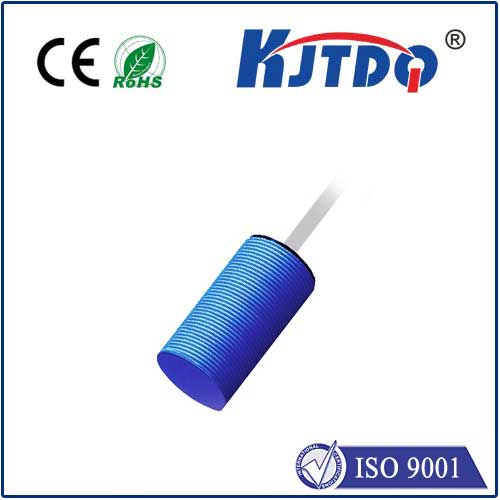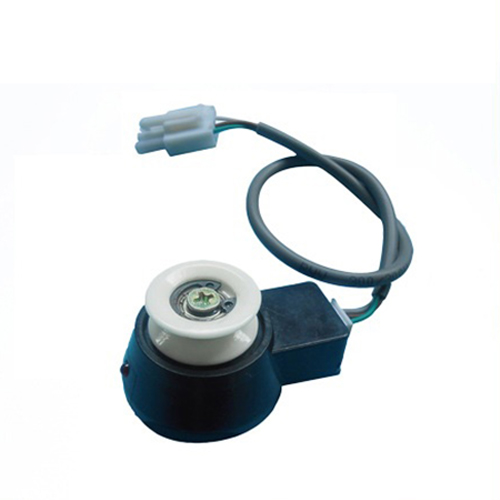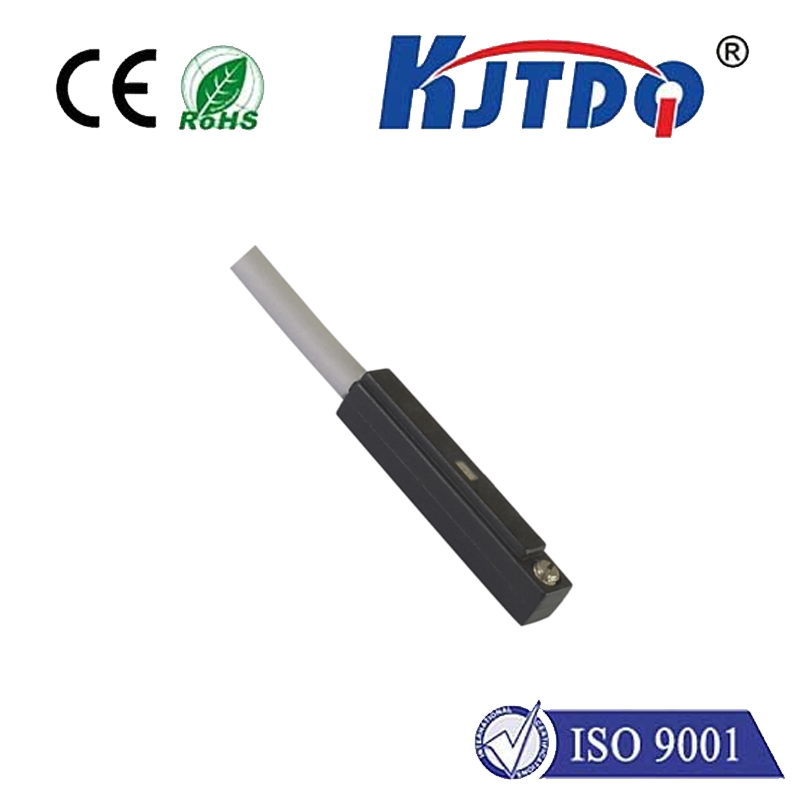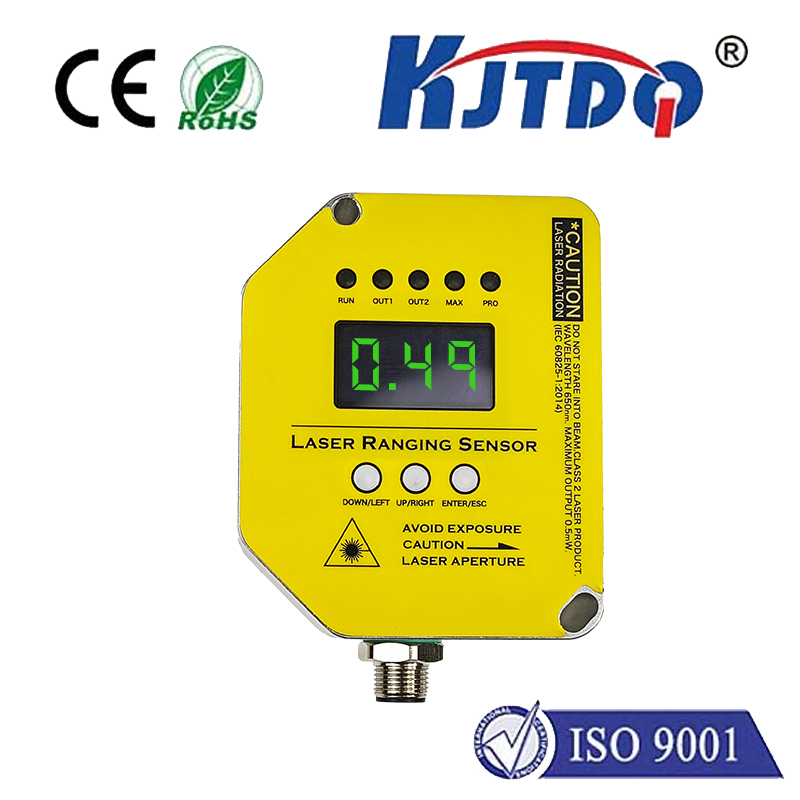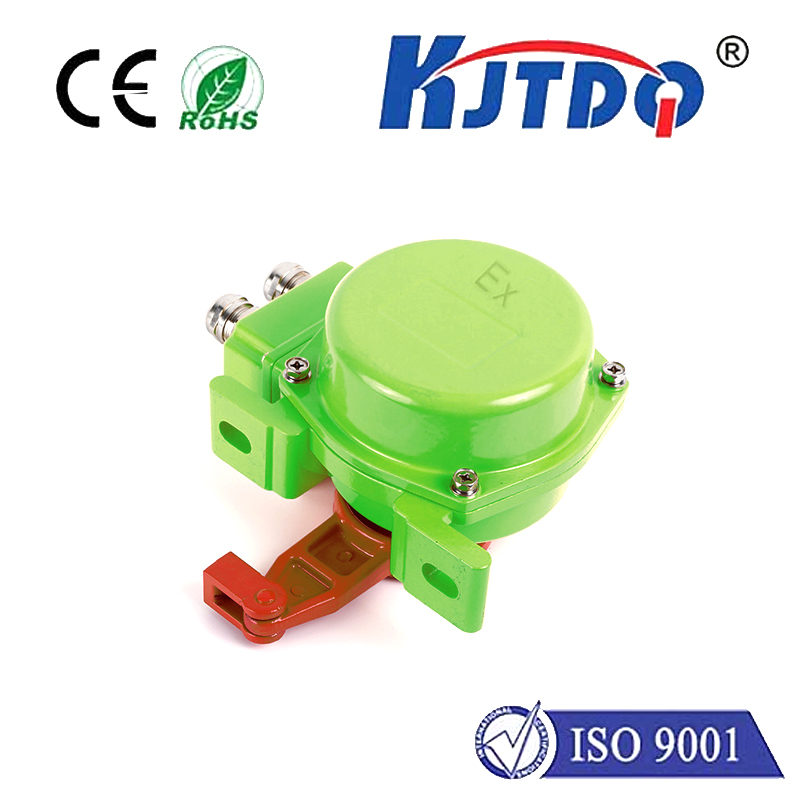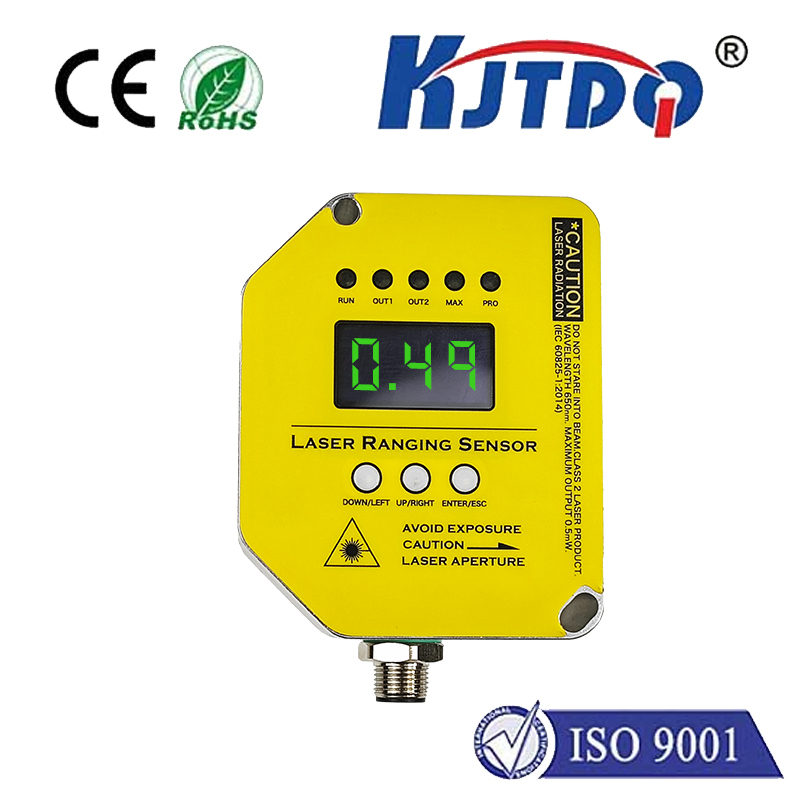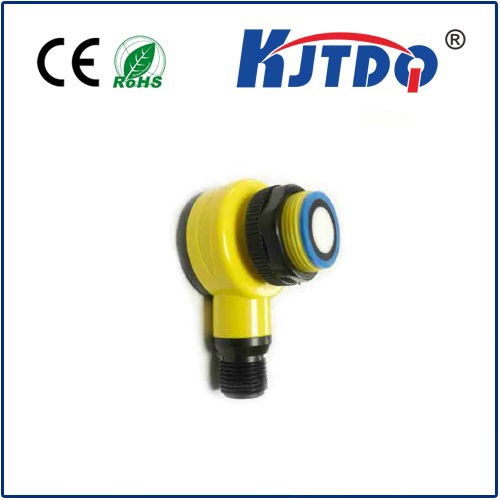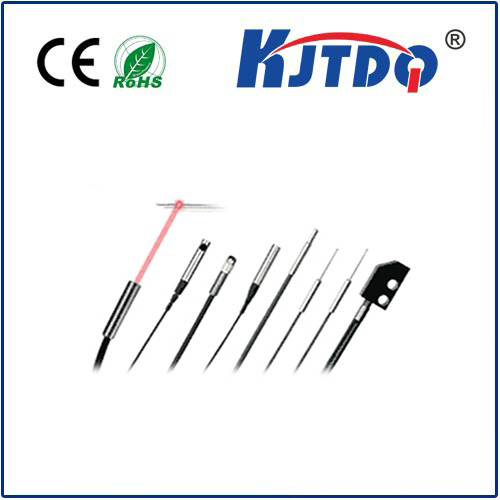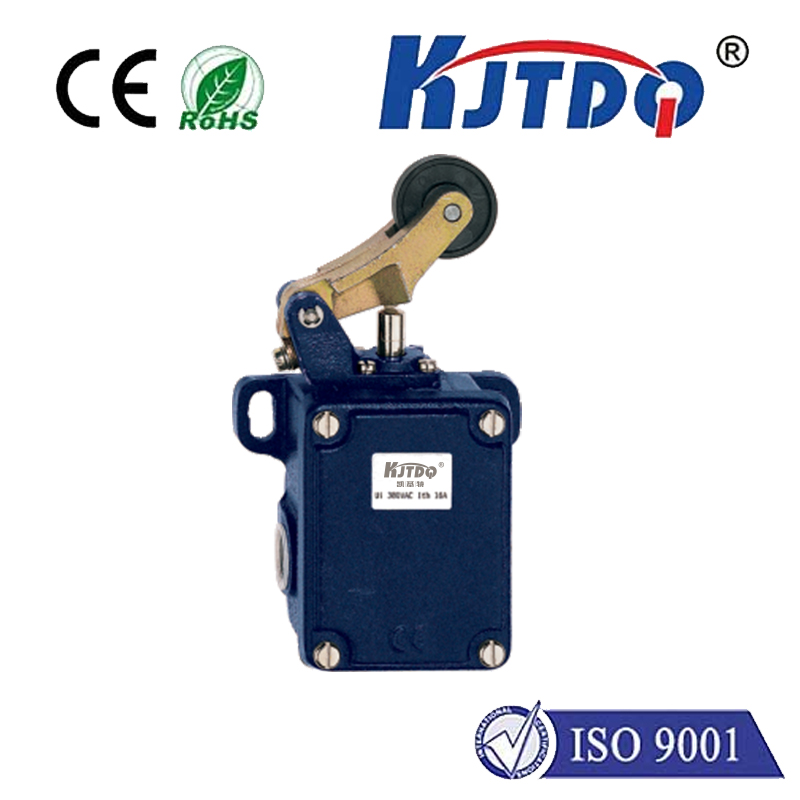Фотоэлектрический датчик
- time:2025-07-23 15:12:08
- Нажмите:0
The Unseen Sentinel: How Beam Photoelectric Sensors Revolutionize Precision Detection
Imagine a high-speed bottling line where containers whizz by at dizzying speeds. One misaligned bottle could mean costly spills, downtime, or even equipment damage. Now, picture an invisible guardian, faster than the human eye, instantly verifying the presence of every single bottle, ensuring flawless operation. This silent protector isn’t science fiction; it’s the Фотоэлектрический датчик, a cornerstone technology enabling efficiency, safety, and precision across countless modern industries.
Unpacking the Core Principle
At its heart, a Фотоэлектрический датчик operates on a beautifully simple concept: light as a detection trigger. Unlike their diffuse reflection cousins, beam sensors utilize two physically separate units:
- The Emitter: This component generates a focused beam of light, typically infrared or visible red (though laser types exist for extreme precision).
- The Receiver: Positioned directly opposite the emitter, this unit is dedicated to detecting the precise beam of light projected by the emitter.
Detection Occurs Through Interruption
The core magic lies in what breaks the beam. When the uninterrupted light travels from the Emitter to the Receiver, the sensor indicates a clear state (often interpreted as “no object present” in detection logic, though this can be configured). However, when an object passes between these two units, it physically interrupts the beam path. This loss of light signal at the Receiver triggers the sensor’s output to change state, signaling “object detected.”

Why Choose Beam? Key Advantages Unveiled
- Exceptional Range: The separation of emitter and receiver allows for significantly longer detection distances compared to diffuse sensors. Ranges of several meters, even tens of meters, are commonplace, making them ideal for large machinery or warehouse applications.
- Superior Stability & Accuracy: Because the receiver isn’t relying on reflected light bouncing off potentially inconsistent surfaces, beam sensors offer greater stability in varied conditions. They are less susceptible to minor color changes, surface texture, or ambient light interference affecting the detection signal. This translates to highly reliable and accurate object detection.
- Detecting Non-Reflective & Opaque Objects: Since detection relies solely on beam interruption, these sensors excel at spotting objects that reflect light poorly or are completely opaque – like black rubber, dark plastics, or metal – where diffuse sensors might struggle.
- High Precision: The focused beam allows for pinpoint accuracy in determining an object’s position when it crosses the detection line. This is crucial in applications like part positioning or dimension verification.
- Simple Setup (Conceptually): Alignment is straightforward – point the emitter beam directly at the receiver. When the beam hits the target receiver window, detection is ready.
Navigating the Beam Landscape: Common Configurations
While the core principle remains constant, beam photoelectric sensors are offered in different physical forms to suit specific needs:
- Through-Beam Sensors: This is the quintessential beam sensor setup. The emitter and receiver are two entirely separate units, installed opposite each other. This configuration offers the longest possible ranges and highest immunity to environmental factors like dust, smoke, or target surface variations. Through-beam sensors are often the go-to choice for maximum reliability, long range, and challenging conditions.
- Retro-Reflective Sensors: Here, the emitter and receiver are housed within a single unit. The sensor projects its beam towards a specialized reflector (a prism or tape) designed to bounce the light directly back to the receiver in the same housing. Detection occurs when an object interrupts the beam path to or from the reflector. While offering slightly shorter maximum ranges than through-beam, retro-reflective provides a highly convenient one-sided installation, simplifying wiring and mounting, especially where access to the opposite side is difficult. They require careful selection to avoid false triggering from highly reflective objects potentially mimicking the reflector.
Where the Beam Makes a Difference: Core Applications
The unique strengths of beam photoelectric sensors make them indispensable in diverse sectors:
- Промышленная автоматизация: Counting products on high-speed lines, verifying object presence at critical process points (like bottle capping), detecting jams on conveyors, precise positioning control in assembly machinery, and safeguarding dangerous machine areas (safety light curtains, though specialized, work on this principle).
- Packaging: Detecting cases on conveyors, verifying carton flaps are closed before sealing, ensuring labels are applied to the correct spot, and confirming pallet stacking height.
- Перевозка материалов: Controlling gate operation on sorting lines, detecting vehicle presence in automated guided vehicle (AGV) systems, confirming bin/tote placement on racks.
- Building Automation & Security: Safeguarding elevator doors (detecting obstacles during closing), monitoring automatic doors (e.g., garages, warehouses), perimeter security systems detecting intrusions, and people counting.
- Transportation: Verifying vehicle presence at toll booths or gates, monitoring level crossings.
- Сельское хозяйство: Detecting crop streams in harvesters or processing equipment.
Selecting the Right Beam Sensor: Critical Considerations
Choosing the optimal Фотоэлектрический датчик involves evaluating several factors:
- Required Sensing Distance: Determine the fixed distance between the proposed mounting points for emitter and receiver (through-beam) or sensor and reflector (retro-reflective).
- Target Object Characteristics: Size and opacity are key. Ensure the object is large/dense enough to reliably interrupt the beam.
- Environmental Conditions: Consider temperature extremes, humidity, dust, moisture, vibration, and the presence of ambient light (strong sunlight can sometimes interfere). Look for appropriate IP (Ingress Protection) ratings for dust and water resistance.
- Response Time & Output Type: How fast does the sensor need to detect? Does your application require a simple digital on/off signal (PNP/NPN transistor, relay), an analog output (for distance measurement), or a specialized safety output?
- Mounting Constraints: Can you mount units on both sides (favoring through-beam), or is only one side accessible (necessitating retro-reflective)? What physical size fits the space?
- Beam Type: Standard infrared? Visible red (easier for alignment)? Laser (for extreme precision)?
The Unseen Backbone of Modern Efficiency
From ensuring your soda bottle is filled correctly to preventing a garage door from closing on a vehicle, beam photoelectric sensors operate silently and reliably in the background. Their fundamental principle – detecting the interruption of a light beam – provides a level of precision and dependability crucial for modern automation, safety systems, and efficient logistics. By understanding their through-beam and retro-reflective configurations, along with key selection criteria like sensing distance and environmental resilience, engineers and technicians can harness this robust technology to build smarter, safer, and more productive systems. They remain an essential, often invisible, component in the intricate dance of automated processes that define our technological world.


